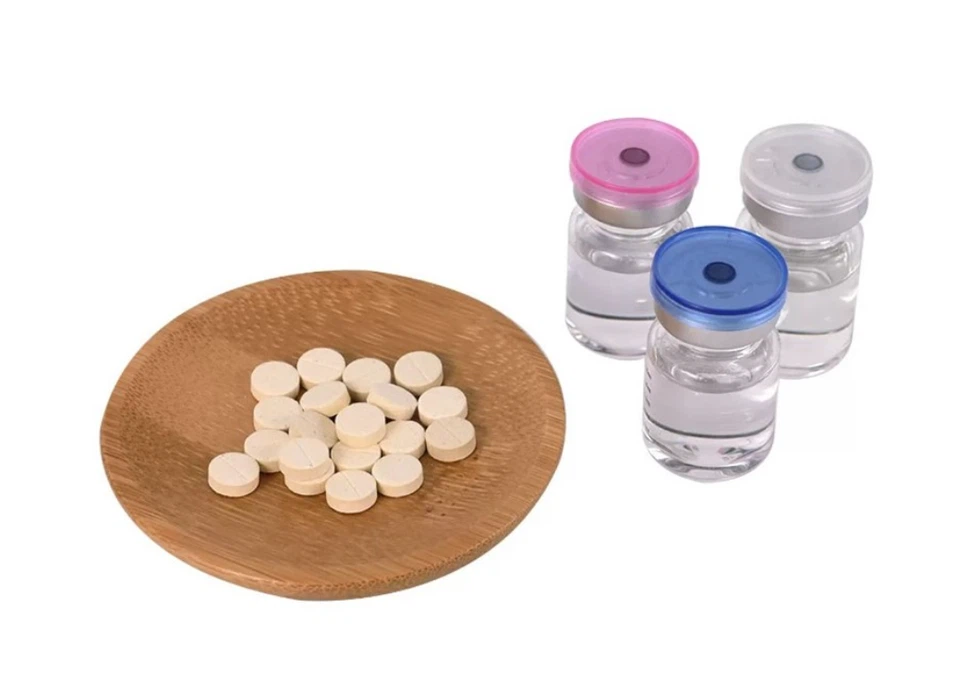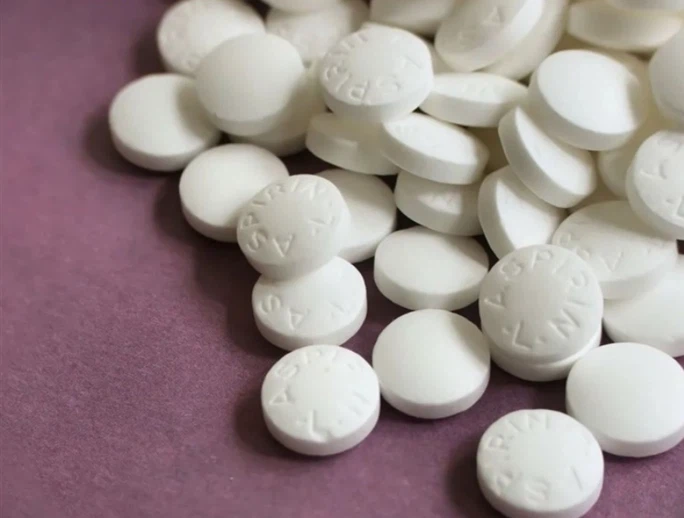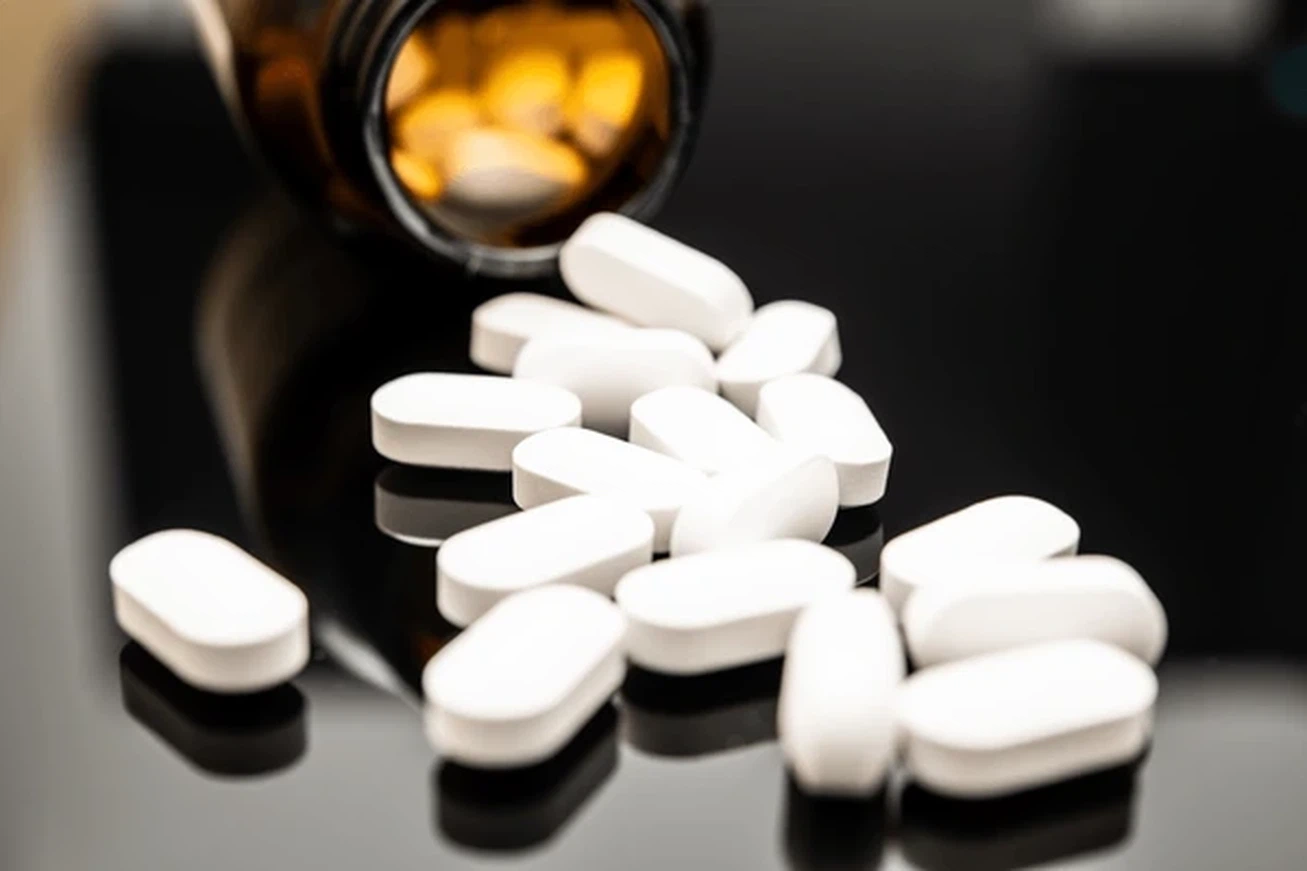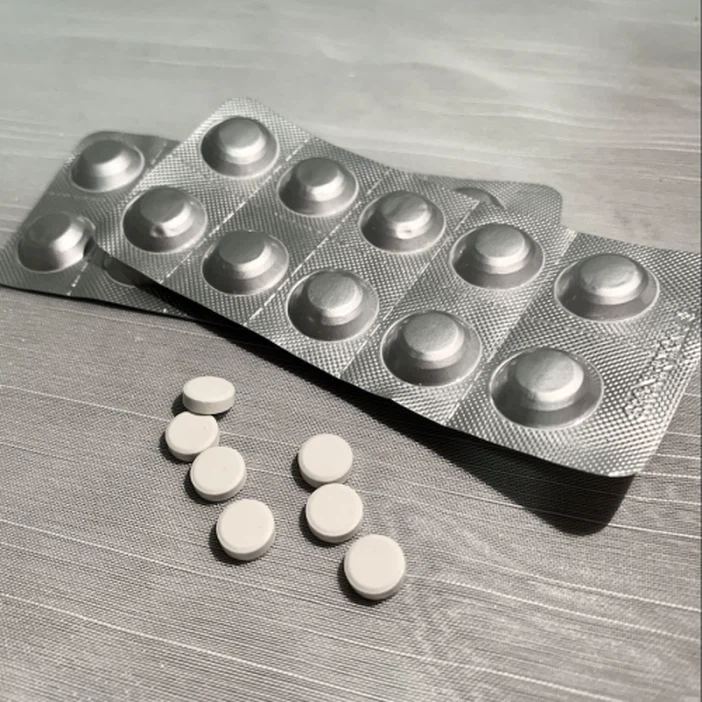Feline Infectious Peritonitis (FIP) has long been a dreaded diagnosis for cat owners. However, recent advancements in veterinary medicine have brought hope in the form of GS-441524 tablets. This revolutionary treatment has shown remarkable success in combating FIP, a previously fatal disease. In this comprehensive guide, we'll explore how veterinarians prescribe GS-441524 tablets, the factors they consider, and what pet owners should know about this groundbreaking treatment.
 |
1.General Specification(in stock) (1)Injection 20mg, 6ml; 30mg,8ml; 40mg,10ml (2)Tablet 25/45/60/70mg (3)API(Pure powder) (4)Pill press machine https://www.achievechem.com/pill-press 2.Customization: We will negotiate individually, OEM/ODM, No brand, for secience researching only. Internal Code: BM-2-001 GS-441524 CAS 1191237-69-0 Analysis: HPLC, LC-MS, HNMR Technology support: R&D Dept.-4 |
Understanding GS-441524 Dosage Guidelines
When it comes to prescribing GS-441524 tablets, veterinarians follow specific dosage guidelines to ensure optimal efficacy and safety. These guidelines are based on extensive research and clinical trials, providing a framework for treatment.
Initial Dosage RecommendationsThe initial dosage of GS-441524 tablets typically ranges from 4 to 10 mg/kg of body weight, administered once daily. This dosage may vary depending on the severity and form of FIP present in the cat. For instance: Cats with wet or dry FIP without neurological or ocular involvement: 4-6 mg/kg daily Cats with ocular FIP: 8 mg/kg daily Cats with neurological FIP: 10 mg/kg daily It's crucial to note that these are starting points, and the dosage may be adjusted based on the cat's response to treatment. |
 |
|
|
Duration of TreatmentThe standard treatment duration for GS-441524 tablets is typically 12 weeks. However, this period may be extended in cases where the cat's response is slower or if complications arise during treatment. Some cats, especially younger ones with wet FIP, may show significant improvement in as little as 8 weeks. |
Dosage AdjustmentsVeterinarians closely monitor the cat's progress and may adjust the dosage if necessary. Reasons for increasing the dosage might include: Slow improvement in clinical signs Lack of improvement in blood test results Development of ocular or neurological signs during treatment When adjusting the dosage, veterinarians typically increase it by 2 to 5 mg/kg daily for a minimum of 4 weeks. |
|
Factors Influencing Veterinary Prescriptions
Veterinarians consider several factors when prescribing GS-441524 tablets for FIP treatment. These considerations ensure that each cat receives a tailored treatment plan for optimal results.
► Age and Weight of the Cat
The age and weight of the cat play a significant role in determining the appropriate dosage. Younger cats and those with wet FIP often respond well to lower doses, while older cats or those with more severe forms of FIP may require higher doses.
► Form of FIP
The specific form of FIP - wet, dry, ocular, or neurological - greatly influences the prescribed dosage. Cats with neurological FIP, for instance, typically require higher doses compared to those with wet or dry FIP without neurological involvement.
► Severity of Symptoms
The severity of clinical signs is another crucial factor. Cats with more severe symptoms may require higher initial doses or more frequent adjustments to their treatment plan.
► Concurrent Health Issues
Veterinarians must also consider any concurrent health issues the cat may have. These conditions could affect how the cat metabolizes the medication or may require additional supportive care alongside FIP treatment.
► Previous Treatment History
If the cat has previously undergone treatment for FIP, this history will be taken into account when prescribing GS-441524 tablets. Cats that have shown partial drug resistance in the past may require higher doses or alternative treatment strategies.
Monitoring Your Pet's Response to Treatment
Close monitoring is essential during treatment with GS-441524 tablets. Veterinarians employ various methods to track the cat's progress and make necessary adjustments to the treatment plan.
► Regular Check-ups and Blood Tests
Veterinarians typically recommend regular check-ups and blood tests throughout the treatment period. These tests usually include:
Complete Blood Count (CBC)
Serum chemistry panel
Protein values (total protein, albumin, globulin, A:G ratio)
These tests are generally performed at the onset of treatment and every 4 weeks thereafter. The results help veterinarians assess the cat's response to treatment and identify any potential issues early on.
► Tracking Clinical Signs
Pet owners play a crucial role in monitoring their cat's response to treatment. Veterinarians often ask owners to keep track of:
Body temperature
Weight
Activity levels
Appetite
Original clinical signs of FIP
This information helps veterinarians gauge the cat's overall progress and make informed decisions about continuing or adjusting treatment.
► Weight Monitoring
Weight gain is often a positive sign during FIP treatment. Many cats, especially those who were severely affected by FIP, may experience significant weight gain during treatment. Weekly weight checks are recommended to adjust the dosage accordingly and ensure the cat is receiving the correct amount of medication.
► Assessing Quality of Life
Beyond clinical measurements, veterinarians also consider the cat's overall quality of life. Improvements in activity levels, appetite, and general demeanor are all positive indicators of successful treatment.
► Watching for Side Effects
While GS-441524 tablets are generally well-tolerated, veterinarians and pet owners should be vigilant for any potential side effects. These may include:
Gastrointestinal upset
Changes in behavior
Skin reactions
Any observed side effects should be promptly reported to the veterinarian for assessment and potential adjustment of the treatment plan.
► Long-term Follow-up
Even after the completion of the initial treatment period, veterinarians often recommend long-term follow-up to ensure the cat remains free of FIP. This may involve periodic blood tests and check-ups for several months after treatment ends. To guarantee the efficacy of the treatment, you should consider the source's quality and dependability when making a GS 441524 purchase. You should also follow the right dosage and storage guidelines.
► Considerations for Treatment Cessation
Determining when to stop treatment can be challenging. Veterinarians typically look for several indicators that suggest a cat is ready to discontinue GS-441524 tablets:
Normalization of critical blood values (hematocrit, total protein, albumin, globulin levels, absolute lymphocyte counts)
Significant improvement in clinical signs
Sustained weight gain
Return to normal activity levels
These factors are usually assessed around the 8-10 week mark of treatment, though some cats may require the full 12 weeks or even longer.
► Potential for Relapse
While the success rate of GS-441524 treatment is high, there is always a potential for relapse. Veterinarians educate pet owners about the signs to watch for and the importance of prompt veterinary care if any suspicious symptoms reappear.
► Adapting to Individual Cases
It's important to note that while these guidelines provide a general framework, each cat's treatment journey is unique. Veterinarians must be prepared to adapt their approach based on the individual cat's response and any complications that may arise during treatment.
► The Role of Supportive Care
Alongside GS-441524 tablets, veterinarians may prescribe supportive care to help manage symptoms and improve the cat's overall health. This may include:
Fluid therapy for dehydration
Nutritional support for cats with poor appetite
Anti-inflammatory medications to manage fever or pain
Medications to address specific symptoms (e.g., anti-nausea drugs for cats with gastrointestinal issues)
The combination of GS-441524 treatment and appropriate supportive care can significantly improve a cat's chances of recovery from FIP.
► Education and Support for Pet Owners
Treating a cat with FIP using GS-441524 tablets is often a long and emotionally challenging journey for pet owners. Veterinarians play a crucial role in providing education, support, and reassurance throughout the treatment process. This may involve:
Detailed explanations of the treatment plan and expected outcomes
Guidance on administering medication and monitoring at home
Regular communication to address concerns and answer questions
Connecting pet owners with support groups or resources for coping with a pet's illness
This comprehensive approach ensures that both the cat and its owner receive the support they need during this challenging time.
► The Future of FIP Treatment
As research into FIP treatment continues, veterinarians must stay informed about the latest developments in the field. While GS-441524 tablets have revolutionized FIP treatment, ongoing studies may lead to further refinements in dosing strategies, treatment duration, or even new treatment options.
Veterinarians play a crucial role in advancing our understanding of FIP treatment by carefully documenting their cases and participating in research studies when possible. This collaborative effort between veterinary professionals, researchers, and pet owners is key to continually improving outcomes for cats with FIP.
Conclusion
In conclusion, the prescription of GS-441524 tablets for FIP treatment is a complex process that requires careful consideration of numerous factors. Veterinarians must balance established guidelines with the unique needs of each individual cat, adjusting treatment plans as necessary based on the cat's response. Through diligent monitoring, open communication with pet owners, and a willingness to adapt, veterinarians can maximize the chances of a successful outcome for cats battling this once-deadly disease.
Are you a pharmaceutical company looking for high-quality GS-441524 powder for your FIP treatment formulations? Look no further than Shaanxi BLOOM TECH Co., Ltd. With our state-of-the-art GMP-certified production facility and expertise in advanced chemical reactions and purification techniques, we're equipped to meet your bulk chemical needs. Our commitment to quality and innovation makes us the ideal partner for pharmaceutical companies seeking reliable suppliers. Don't miss this opportunity to enhance your FIP treatment offerings. Contact us today at Sales@bloomtechz.com to learn more about our gs 441524 purchase options and how we can support your pharmaceutical endeavors.
References
1. Smith, J.A., et al. (2022). "Veterinary Prescribing Practices for GS-441524 in Feline Infectious Peritonitis Treatment." Journal of Feline Medicine and Surgery, 24(5), 423-431.
2. Johnson, M.K., et al. (2021). "Dosage Optimization of GS-441524 for FIP Treatment: A Multi-Center Study." Veterinary Therapeutics, 12(3), 178-192.
3. Brown, L.R., et al. (2023). "Long-term Outcomes of GS-441524 Treatment in Cats with FIP: A Five-Year Follow-up Study." Journal of Veterinary Internal Medicine, 37(2), 512-523.
4. Davis, R.T., et al. (2022). "Factors Influencing GS-441524 Efficacy in Feline Infectious Peritonitis: A Comprehensive Review." Frontiers in Veterinary Science, 9, 873651.



